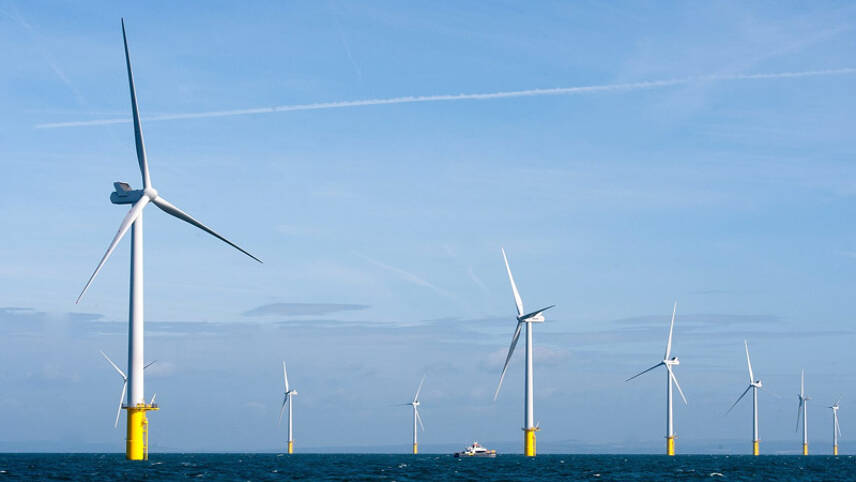Register for free and continue reading
Join our growing army of changemakers and get unlimited access to our premium content

This is based on the Council’s new ‘Supply Chain Capability Analysis’ report published Monday (2 October), in collaboration with the Offshore Wind Growth Partnership (OWGP).
The UK has the second largest offshore wind capacity globally, with a government target to triple this capacity by 2030 to 50 gigawatts (GW), including 5GW of floating offshore wind.
According to the report, the expansion of offshore wind in other countries and the combination of the entire UK market with the global export market of expected offshore wind projects represents an opportunity of more than £500bn by 2040. For the UK supply chain, this represents a £92bn market opportunity by 2040, the report adds.
The Offshore Wind Industry Council’s vice-chair Sophie Banham said: “The UK has some world-class factories and organisations involved in renewables, and now we are in a global race for cleaner energy; we need to keep our foot firmly on the accelerator to avoid slipping behind and losing the advantages that we have gained.
“By intervening in key areas, we can ensure the UK’s ambitious deployment targets are achieved in a way that maximises benefit to the UK through the development of industrial clusters, inward investment and significant job creation.”
As per the report, the UK’s strengths reside in several areas including development services, electrical cables (including design, control, monitoring, and protection), manufacturing of wind turbine blades, offshore services (including construction, commissioning, and operation & maintenance), crew transfer vessels (CTVs), as well as moorings and anchors for floating offshore wind (FLOW).
The report also emphasises that suppliers based in the UK have successfully secured contracts in approximately half of the package areas in terms of their value.
Nonetheless, the report identifies specific areas of weakness. The UK currently does not have a major wind turbine generator (WTG) manufacturer and has had minimal expertise in WTG foundations.
Additionally, there is a shortage of top-tier engineering procurement and construction (EPC) contractors capable of overseeing the procurement and installation of major components, according to the report.
The key suggestion outlined in the report is to adopt a comprehensive perspective of the supply chain, with a focus on fostering long-term economic value generation in sectors where the UK has the potential to establish globally competitive industrial capabilities.
The Offshore Wind Growth Partnership chair Tim Pick said: “We’re only really scratching the surface when it comes to the full potential economic and social benefit of offshore wind, which we can only capture by maturing our domestic supply chain.
“Achieving this requires a coordinated strategy from both public and private sectors. There are significant lessons to be learned from the aerospace and automotive sectors where the UK already has nurtured a leading position.”
Earlier this year, it was revealed that the UK’s offshore wind pipeline reached almost 98GW – up from 91GW this time last year.


Please login or Register to leave a comment.